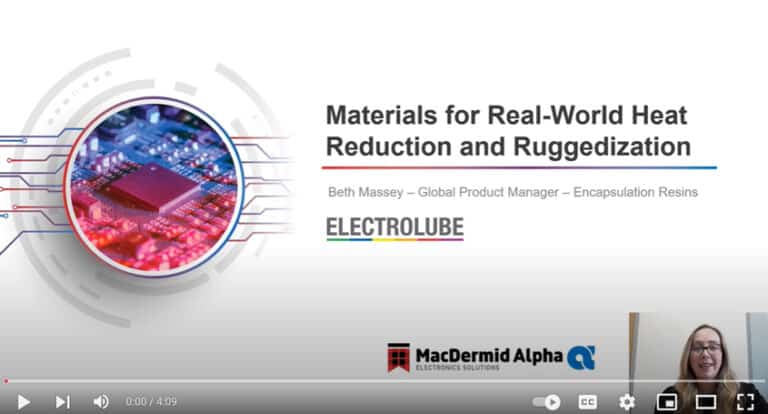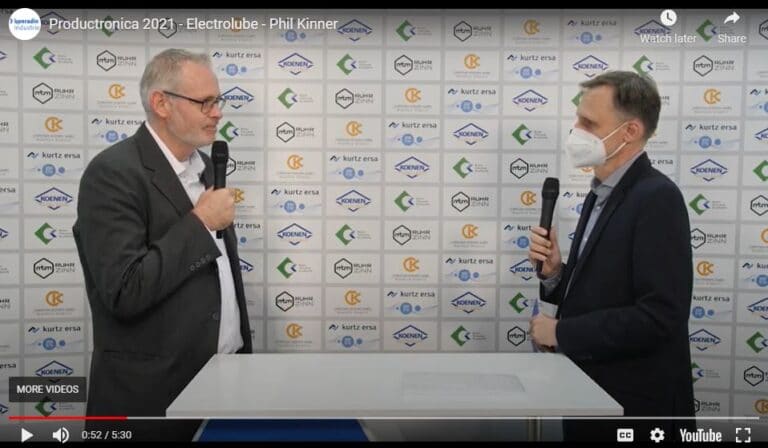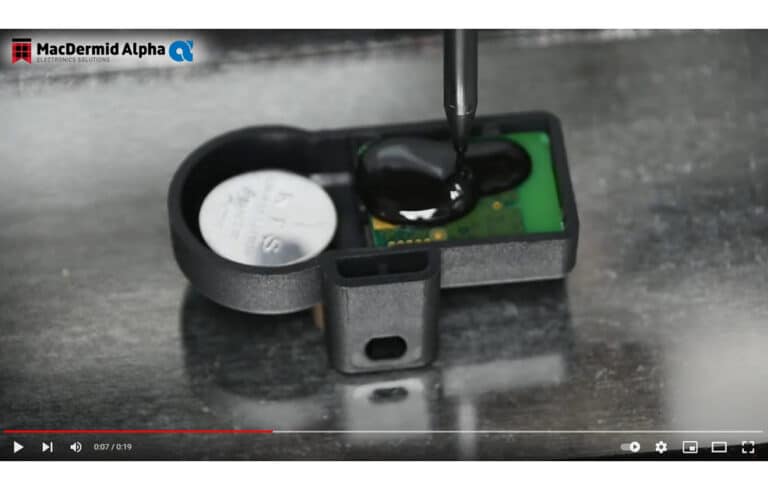One of the key growth areas for Electrolube over the past decade has been materials for the LED industry. LEDs are still a growing market as more and more traditional lighting is replaced with the more efficient LEDs. The automotive industry is no exception to this rule with many customers benefiting from encapsulation resins, conformal coatings and thermal management materials in their designs for both internal and external LEDs. One such example is an LED manufacturer who supplies LED lighting for commercial vehicle OEM’s.
The customer approached the Electrolube team at Productronica, Munich in order to discuss problems that they were facing when applying a competitor thermal management product. Although LEDs are considerably more efficient than traditional lighting forms, they still produce some heat. This heat has an adverse effect on the LEDs performance, therefore heat dissipation from the LED is crucially important. Not only can a high temperature degrade the life expectancy of the LED, but it can also affect the colour that the LED omits. With vehicle lighting this is an especially important consideration for safety reasons.
Thermal management materials are generally applied at around >50µm and best results are usually achieved with only a very small amount of material. If the material is applied too thickly you can increase thermal resistance and reduce the effectiveness of heat transfer between the device and the heatsink or casing. The competitor product was proving too thick at 250µm and used glass bead spacers which was complicating the production process. It was also a complex material to apply, making it more difficult to achieve the desired thickness. The Electrolube Team discussed the application process with the customer and suggested they try Electrolube’s HTSP which was better suited to their production techniques, therefore making it easier to apply.
Following the customer’s initial discussion with the Electrolube Team at Productronica, they were quick to obtain material and initiate some testing of HTSP to ensure it met with their requirements. As well as long term temperature stability of the product, testing also included a 1000-hour cycle of the LEDs being continuously turned on and off. This was completed to ensure that pump-out would not be seen during temperature shifts associated with the LED being switched on and off. HTSP passed all of the customer’s tests, meaning that this coupled with a higher thermal conductivity value than the competitor product, and an improved application process resulted in HTSP giving a significant improvement in performance of the LEDs.
The customer was impressed both by the performance of the product as well as the level of support shown by the Electrolube Team to help them find and implement their solution. HTSP is now used by the customer and present in LEDs found in many commercial vehicles globally.











